Memorial complex “Mound of Glory”
The Mound of Glory in Belarus is a memorial complex in Smolevichi District, Minsk Oblast. The 35-meter high monument, set on top of an embankment hill, was erected in honor of the Great Victory of the Soviet people over fascism and in memory of the unparalleled feat of arms of Russian soldiers and officers. The Mound of Glory is located at the 21st km of the highway Minsk – National Airport “Minsk” and is a popular attraction of the Belarusian capital, actively visited not only by tourist groups, but also by foreign government delegations.
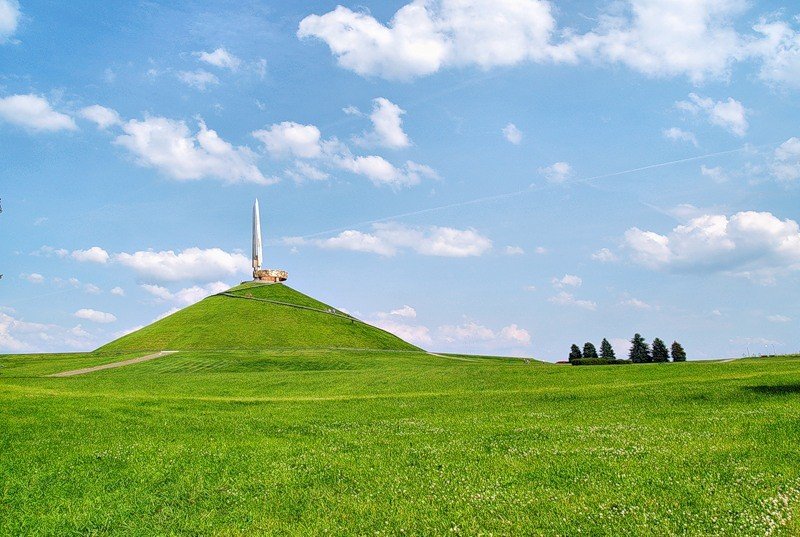
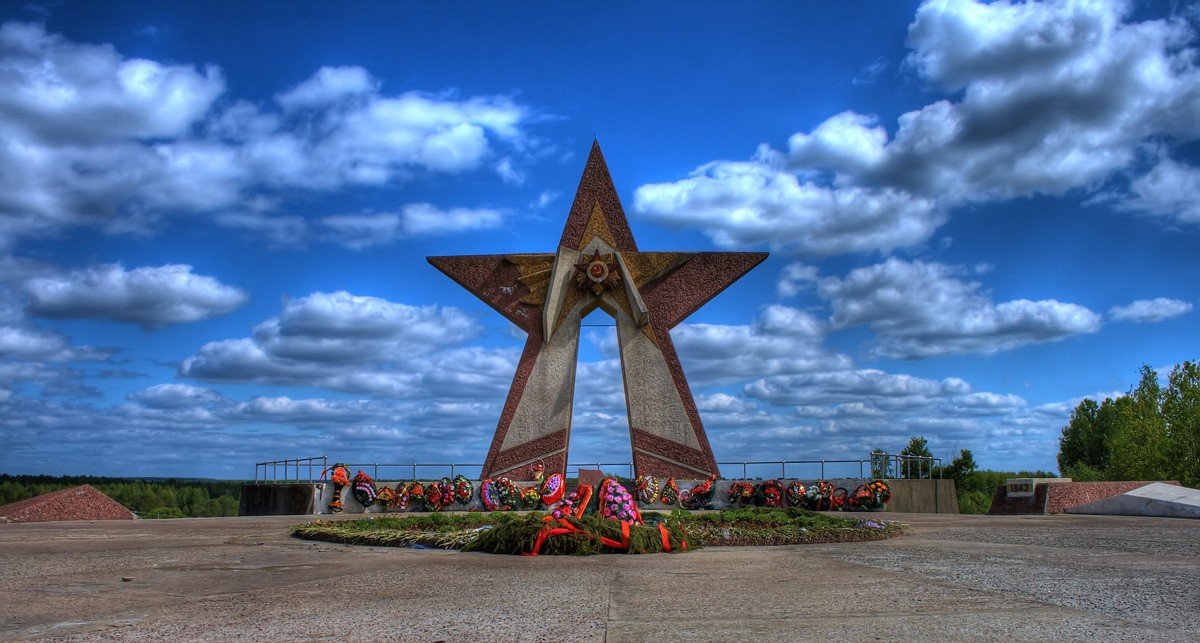
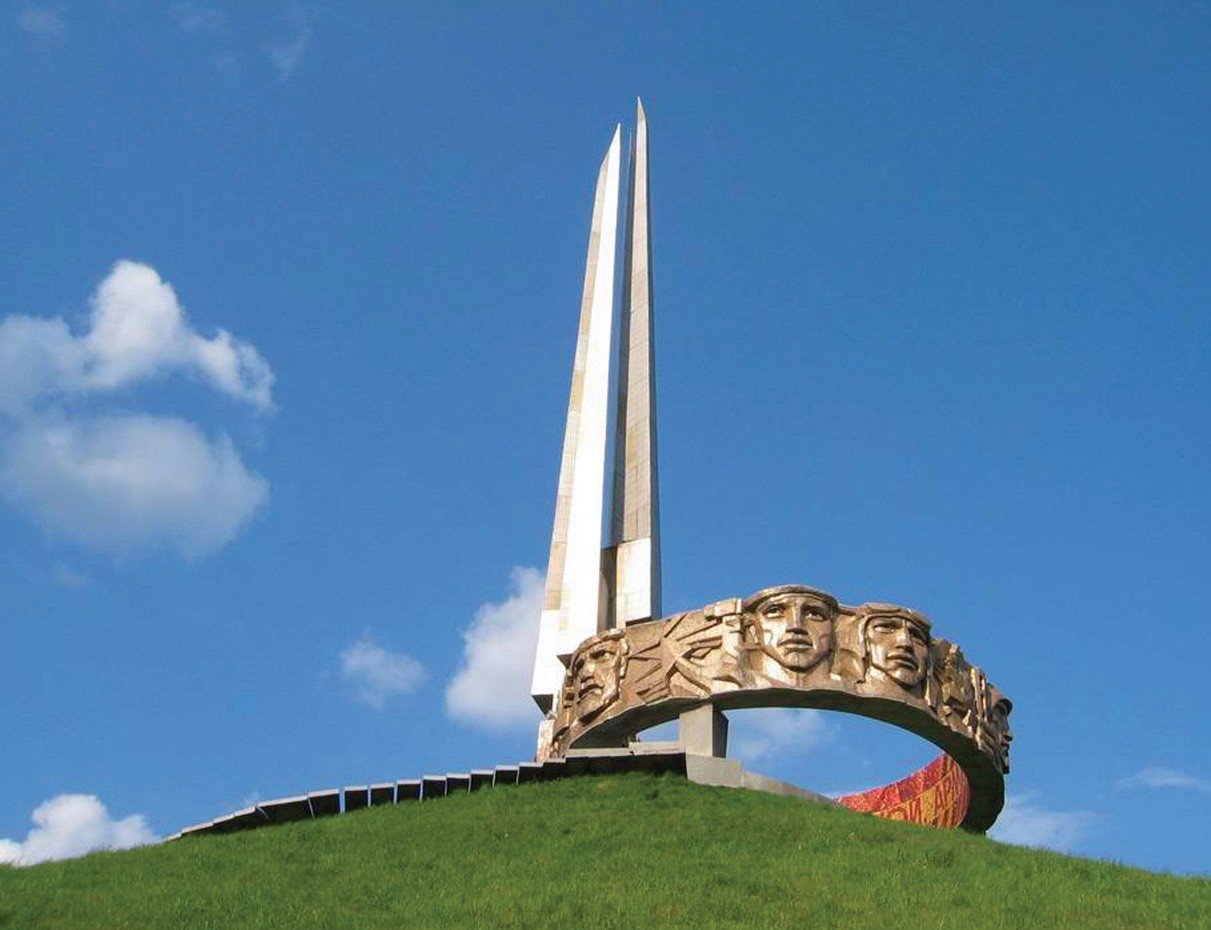
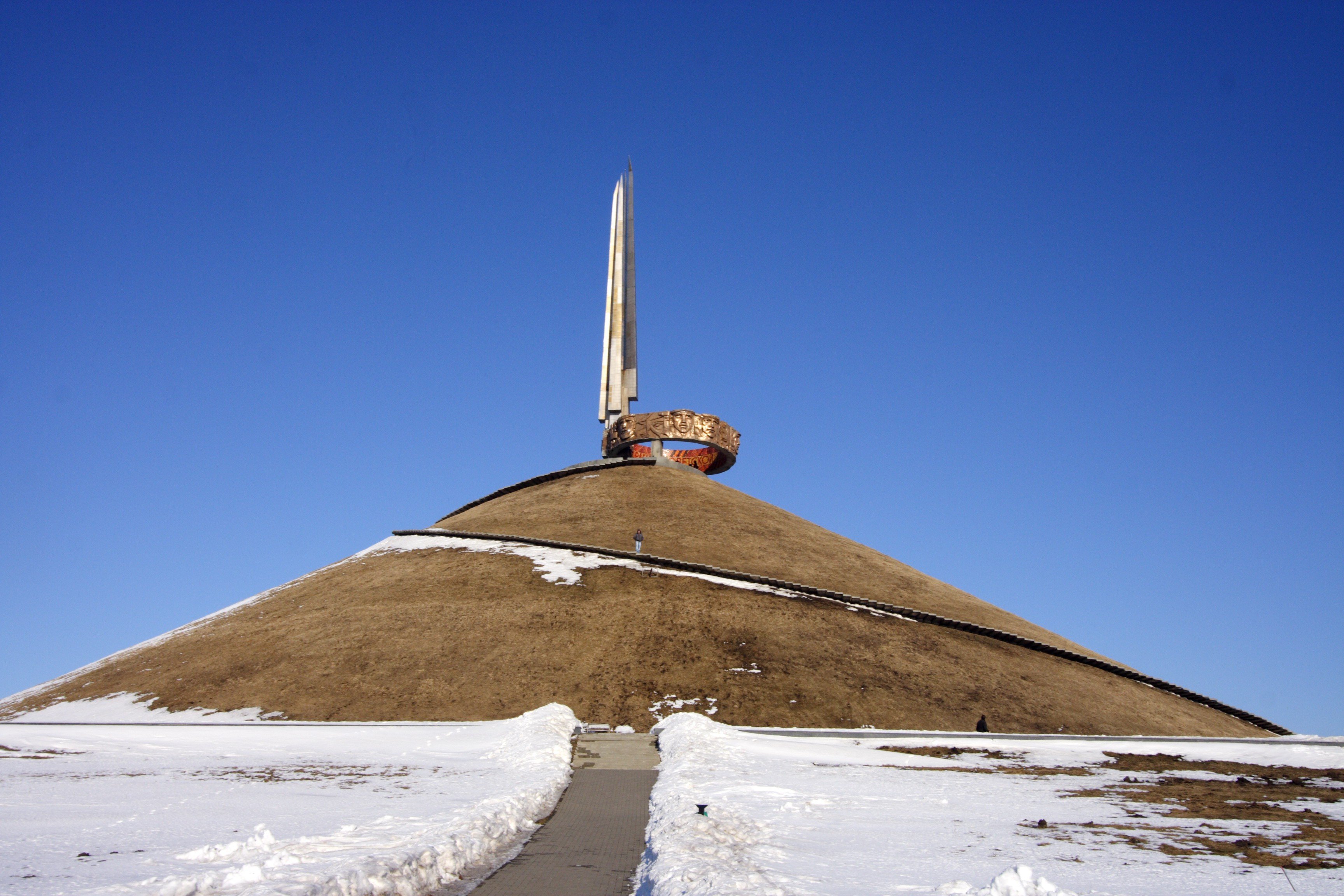
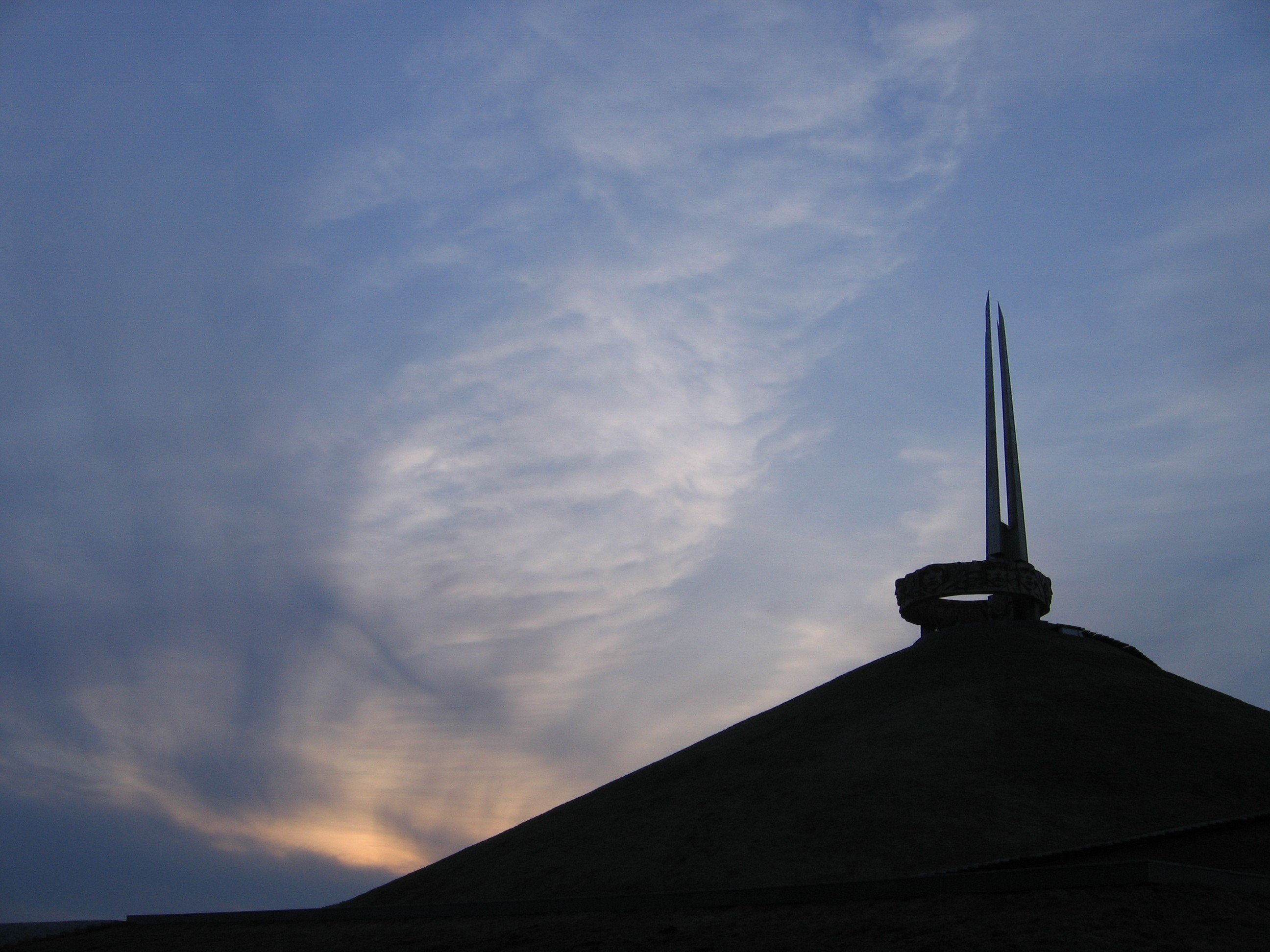
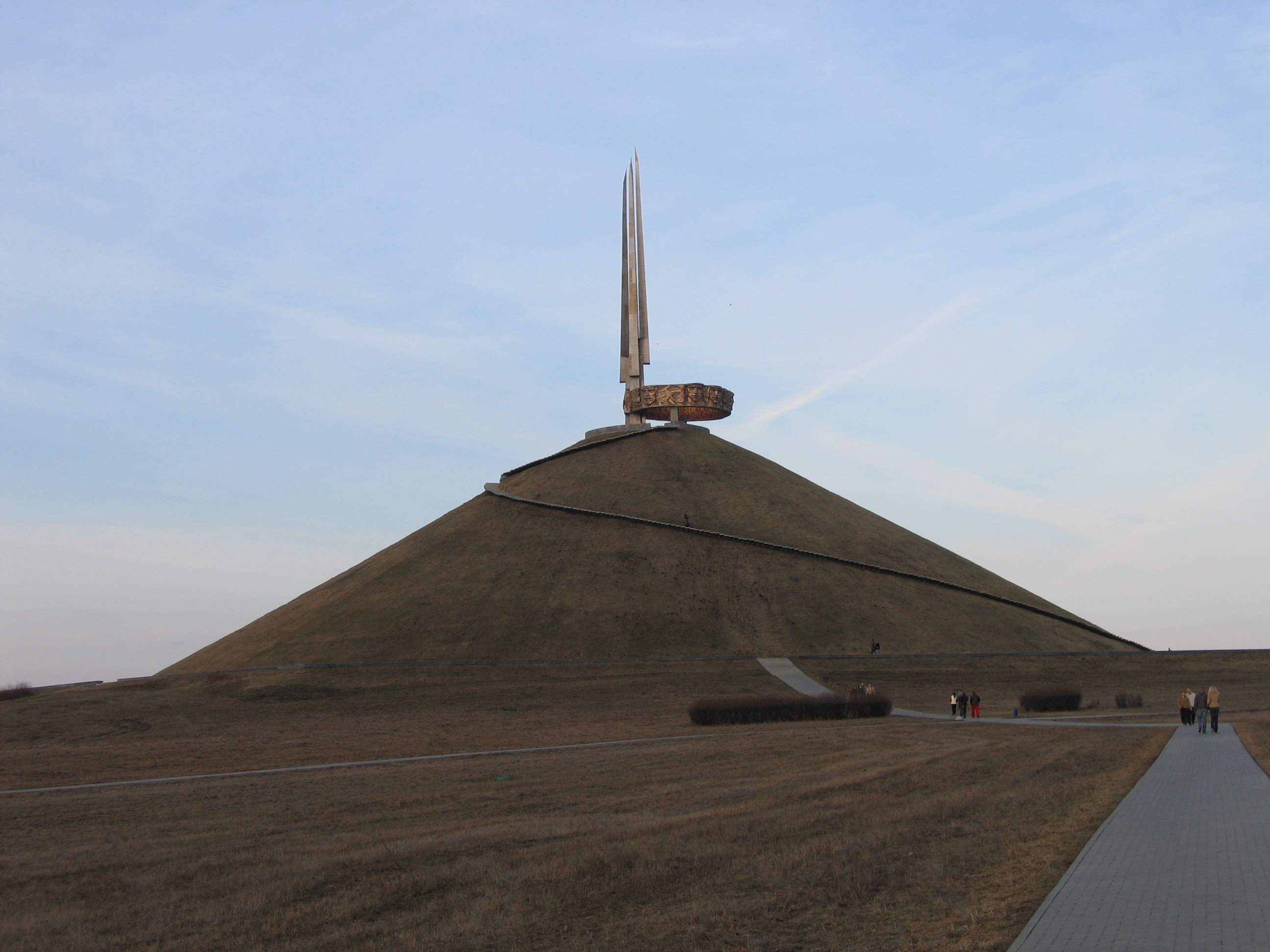
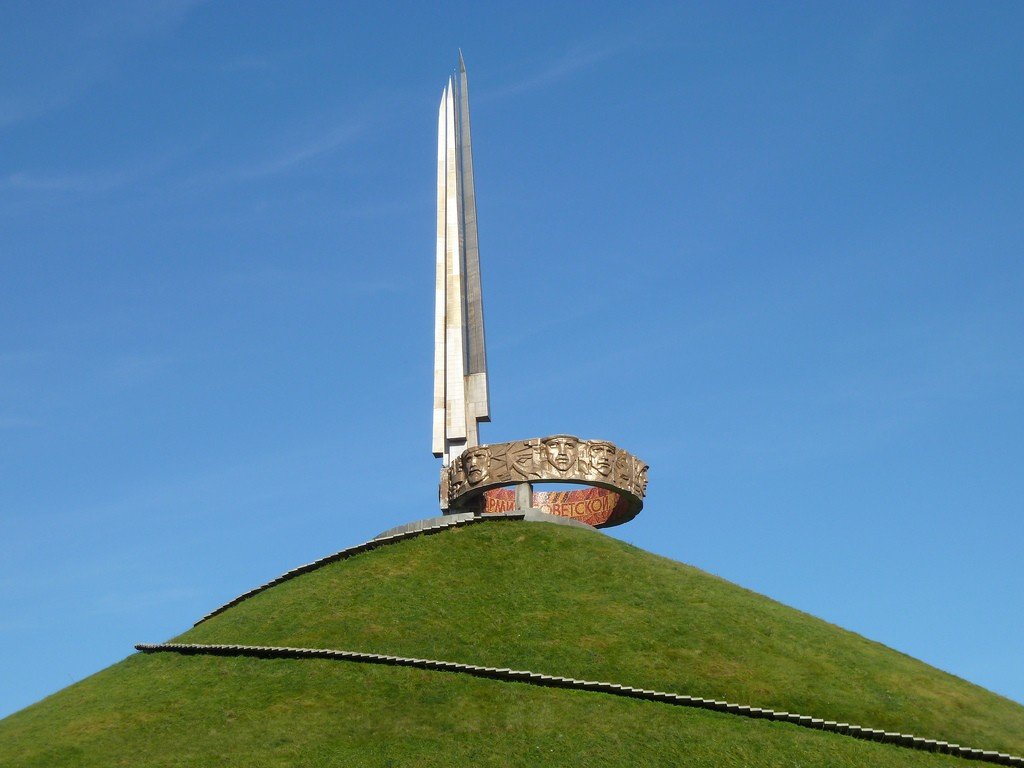
Video: Mound of Glory in Minsk region
” title=”YouTube video player” frameborder=”0″ allow=”accelerometer; autoplay; clipboard-write; encrypted-media; gyroscope; picture-in-picture; web-share” allowfullscreen>%https://www.youtube.com/embed/LiVYPDFADVw” title=”YouTube video player” frameborder=”0″ allow=”accelerometer; autoplay; clipboard-write; encrypted-media; gyroscope; picture-in-picture; web-share” allowfullscreen> Contents- History
- Where it all began
- Appearance of the monument
- The Mound of Glory: present day
- How to get there
History
The choice of the site for the monument was not accidental. In 1944, it was in this area that the 4th Army of the Wehrmacht was surrounded as a result of the offensive operation “Bagration”. About 120 thousand German soldiers and officers found themselves in the center of the so-called “Minsk Cauldron”. Attempts to break the encirclement led to nothing, so at the call of military commander W. Muller, the remnants of the troops voluntarily surrendered. In total, about 35,000 German soldiers were taken prisoner in the “Minsk Cauldron”.
.Where it all began
On August 18, 1966, the government of the republic announced the beginning of the construction of the memorial. On September 30, 1966, a solemn meeting was held at the site of the future monument, attended not only by Minsk residents, but also by members of delegations that arrived in Belarus from other hero-cities. The culminating moment of the celebration was the reading out of the decree, which bequeathed to future generations to honor the memory of the Great War and to cultivate a sense of patriotism. A capsule with the text of the admonition was laid in the foundation of the monument, which marked the beginning of construction.
.
The design of the future ensemble was entrusted to Soviet sculptors A. Bembel and A. Artimovich, who proposed an unconventional for that time version of the monument in the form of an elongated abstract structure. For maximum stability of the monument, a pillar foundation was laid at its base, going to a depth of 30 meters. The surface of the hill was covered with a special type of turf with a powerful system of rhizomes. This natural cover helped to preserve the top layer of soil and protect the mound from slumping. And to keep the lawn aesthetically pleasing and better cope with its main task, the territory of the memorial was equipped with a hidden watering system.
.
The embankment hill, on which the sculptural group is located, stores the soil of hero-cities and major battlefields, brought to it by volunteers. For a whole year and a half there was an endless stream of people coming to the monument to see with their own eyes how the memorial is growing.
.
Historical fact: during the construction of the Mound of Glory, workers often found human remains, weapons and elements of military equipment left here from the battles of the Great Patriotic War
.Appearance of the monument
The height of the memorial complex is 70.6 meters, 35 of which are on the mound itself. The center of the composition is a sculptural group depicting 4 bayonets lined with titanium alloy. Initially it was supposed that there would be only three giant “copies”, according to the number of the main Byelorussian fronts. However, for the sake of restoring historical justice, the project was amended, as a result of which the 4th bayonet symbolizing the Baltic front was added to the ensemble. Due to their huge size in windy weather “spears” can move, but since the amplitude of swaying is extremely small, these changes remain imperceptible to human vision.
.
The main element of the lower part of the monument is the ring, the surface of which is decorated with a mosaic bas-relief. Here you can see images of Soviet soldiers with weapons in their hands and equipment of various types of troops. The inner part of the ring is occupied by an engraved inscription: “Glory to the Soviet Army, to the Liberator Army!”
.To get to the observation deck of the memorial, you need to climb one of the two stairs girdling the hill. The way up will require some effort, as each staircase has 241 steps, but for the sake of a picturesque view of the surrounding area on such a small inconvenience can be turned a blind eye. Well, those who are interested in weapons, it is worth taking time to visit the exhibits of the museum of military equipment. The exposition is exhibited right in the open air, at the foot of the monument, where anyone can be photographed against the background of an anti-tank gun or the legendary T-34.
.Kurgan of Glory: our days
Today, the Mound of Glory is part of the Khatyn memorial complex. Not so long ago the monument was equipped with external illumination, which made it even more attractive for tourists. The monument is also respected by Minsk newlyweds, who have already become a tradition to lay flowers to it on their wedding day. Servicemen of the Republic of Belarus take the oath here. Near the memorial there is a small cozy cafe, where you can relax and have a snack after the tour.
.How to get there
You can get to the Mound of Glory from Minsk by your own car. The monument is located at the 21st kilometer of the M2 highway, near the village of Sloboda. Those who prefer to travel by public transport will first have to find the bus station “Tsentralny”, where you can buy a ticket for a shuttle or bus to Minsk National Airport.
.